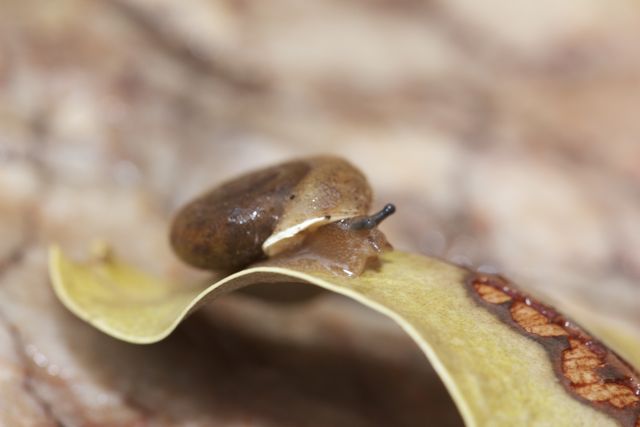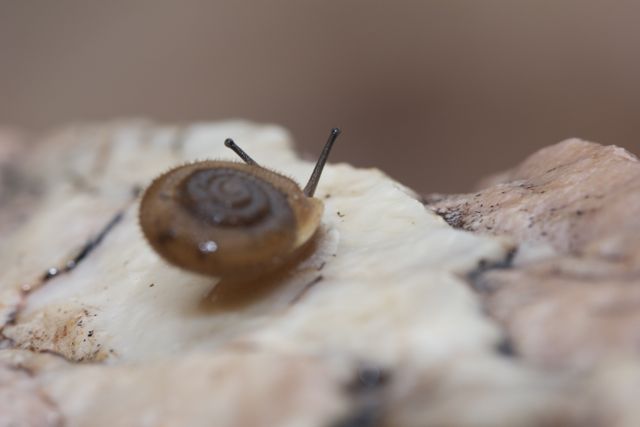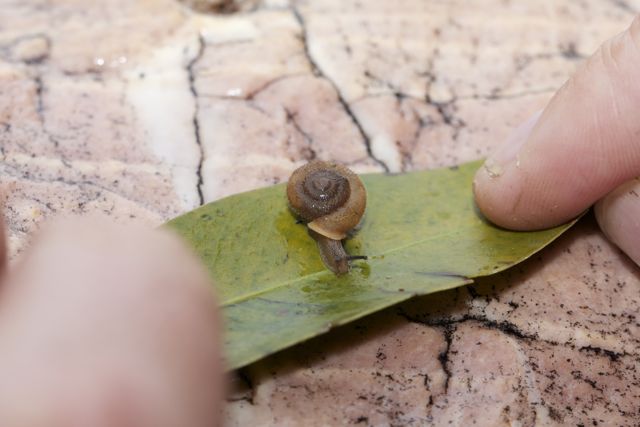Rain in the desert
/Rainbow over Heavitree Gap, Alice Springs, NT
After spending a couple of weeks in Victoria over Christmas catching up with friends and family, I returned home to Alice Springs, only to be greeting with unfamiliar humidity and then a full week of thunderstorms and rain. Armed with my newly serviced camera and brand spanking new macro lens, I ventured into the mud and the puddles looking for those desert creatures that are so elusive until it rains.
I was not disappointed!
All manner of critters were out and about, taking advantage of the excess water and the cooler temperatures. Frogs that sounded more like sheep, deafening populations of cicadas and highly localised endemic snails were amongst the treasures I found. With the invaluable help and guidance of local experts Chris Watson and Mark Carter, I have already seen several organisms that most of us would not have even known existed!
Evidence of the Golden Drummer Cicada (Thopha colorata) was apparent from the first moment we arrived home. Empty, desiccated nymph shells coated the backdoor fly wire, the wooden veranda posts and most of the tree trunks in the back yard. The nymphs wait underground, potentially for years, until the conditions are right for them to burrow up and out of the earth. They then climb up an object (apparently fly wire is an excellent climbing surface), find a comfy spot and shed their exoskeleton. The adult emerges and the males sing incessantly to find a mate or mates.
I have heard all sorts of things about the emerging nymphs, from them being completely white until they dry to being fluorescent and glowing faintly green in the dark! I have not had the privilege of seeing a nymph burrow out of the ground, or shed its exoskeleton, so I can’t describe the actual metamorphosis. But I can tell you that the adults are a smart contrast of black and orange, with a distinct “W” on their backs (or “M” if you are that way inclined). And they call constantly. There has been a steady stream of white noise since they hatched, something like a hissing gas leak, that is loud enough that you need to raise your voice to be heard over it. They don’t seem to care if it’s day or night; the only thing manages to turn the volume down is the rain.
After a few days of fairly solid rain, Watson suggested we go on a mission to find the incredibly rare Jessie Gap Hairy Snail (Semotrachia jessiana). These tiny snails, with shells of only about 10-12 mm in diameter, can only be found in one place – Jessie Gap. And within the gap, they only live on and around the fig trees there.
After only a few minutes of poking around in the rocks under the fig trees, Watson produced a number of empty snail shells. A few moments later and he had located a gorgeous live specimen.
Excited by our success, we headed to Simpsons Gap on the hunt for more snails and perhaps some frogs. There, once again amongst the damp rocks under some fig trees, we found a Runutjirbana Land Snail (Semotrachia runutjirbana).
The Jessie Gap Hairy Snail and the Runutjirbana Land Snail, like other Semotrachia species, are air-breathing terrestrial snails. They have tiny projections through their shells that give them the ‘hairy’ appearance. Another unusual characteristic is that they carry their shell laterally when they move, with the spiral on top instead of to the side. While these features clearly distinguish them from the more familiar aquatic snails, I could not tell these two species apart.
A pair of mating Main's Frog, Alice Springs, NT
Main's Frog, Alice Springs, NT
Only a few rainy days later, Watson received an excited phone call from Mark. Frogs were all over the Ross Hwy. We wasted no time getting out there. Armed with torches, and cameras, we splashed about in the dark and the rain. The calls of the frogs surrounded us on all sides, but they were not the sounds I was expecting. Main’s Frogs (Cyclorana maini) call with a disconcerting likeness to a flock of sheep.
But they were everywhere, mostly in pairs frantically breeding while the conditions were good. The female is slightly darker than the male, but both have a distinctive stripe down the centre of their back.
Main’s Frog is a burrower. They absorb water, dig underground and wrap themselves in a protective cocoon to wait until the next major rain.
Wolf spider in the rain, Alice Springs, NT
The little excursion down the Ross Hwy also resulted in the discovery of another genus of snail, the Amber Snail (Succinea sp.), as well as a wolf spider dressed up in water droplets. A fruitful mission indeed! So much so, that the ABC wrote an article about the Main’s Frog that was featured in the Editor’s Choice column for a day in the national news. Click here to read the ABC Alice Springs' article about, and to hear Watson’s recording of the Main’s Frog.
Peaceful Dove, Alice Springs, NT
Back at home, I discovered our external sink had claimed another victim. I’m not sure why, but small animals don’t seem to be able to climb out of ‘the sink of death’. It has claimed innumerable flying insects, a gecko and now a Barking Spider. Although the discovery of the Barking Spider while doing some washing was quite the shock, finding a Peaceful Dove (Geopelia placida) also wandering the grounds was the perfect remedy.
All in all a busy few weeks back in the Alice. Next month… New Zealand!









